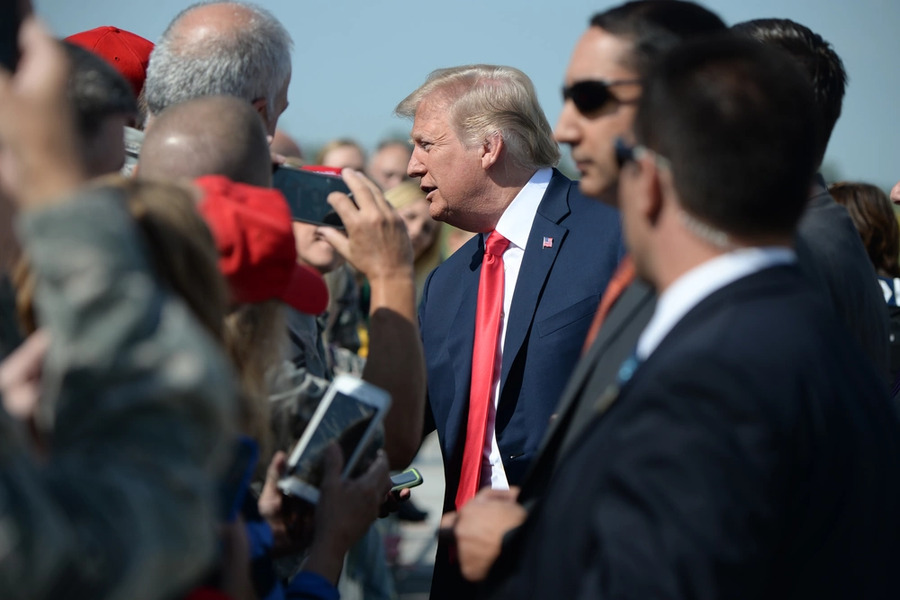Intelligence Services, Peer Constraints, and the Law
Zachary Goldman and Samuel Rascoff recently released Global Intelligence Oversight: Governing Security in the Twenty-First Century.
Published by The Lawfare Institute
in Cooperation With

Zachary Goldman and Samuel Rascoff recently released Global Intelligence Oversight: Governing Security in the Twenty-First Century. The edited volume “is a comparative investigation of intelligence oversight systems in democratic countries, which focuses on some of the new dynamics shaping and constraining intelligence services, and the range of purposes a holistic approach to oversight should serve.” This week, Lawfare is hosting a mini-forum where contributing authors discuss their chapters.
***
As Lawfare readers know, the post-9/11 years have been replete with substantive public debates about the legality, morality, and public wisdom of various U.S. intelligence activities, ranging from the NSA’s electronic surveillance to the CIA’s detention, interrogation, and rendition program. Nor have the intelligence activities of other states been immune from scrutiny: surveillance by the UK’s Government Communications Headquarters, Israel’s alleged targeting of Iranian nuclear scientists, and Russian and Chinese cyber-espionage have all come under the microscope.
Alongside debates about the substance of intelligence activities are debates about the role and efficacy of intelligence oversight in constraining and modulating these intelligence activities. When most people think about intelligence community oversight, they tend to focus on domestic actors and to analyze overseers prescribed in law: parliamentary committees, inspectors general, and courts. These days, they might also think about the media and non-governmental organizations, which play a less formalized but important watchdog role over intelligence activities. Yet even this range and quantity of oversight frequently proves insufficient and unsatisfying in capturing some of the most prominent forces that shape and regulate intelligence activities.
My chapter in the recently released book “Global Intelligence Oversight: Governing Security in the Twenty-First Century” identifies and analyzes a different law-driven source of constraint that operates transnationally on a given intelligence community (IC): its peer ICs. Peer ICs are the intelligence services of foreign states with which a state’s intelligence community works, whether on a one-off operation or in a decades-long partnership. One IC can impose forms of discipline or structural limits on the activities of its counterparts, particularly when it implements its own domestic and international legal obligations. Through various mechanisms—formal and informal, public and private—one state’s IC can affect the way in which another IC conducts activities such as interrogation, detention, targeted killings, and surveillance; the amount and type of intelligence the other IC receives; and, less tangibly, the way in which the other IC views its own legal obligations. More broadly, one state’s legal limitations can constrain joint operations.
It is unsurprising that an IC is constrained by laws enacted by its own legislature. What is more surprising, I suggest, is that the nature of IC relationships can lead to second-order effects that result in one state IC being constrained not only by its own domestic laws and rules but also by the laws and legal interpretations of other states. I term these “peer constraints,” by which I intended to capture the limitations imposed on an IC in excess of those imposed by the IC’s own state. Measured against a baseline of an IC’s domestic laws and regulations, peer constraints are those rules that, in the context of intelligence cooperation, decrease the IC’s operational flexibility.
These constraints complement the more public, transparent, and expected sources of oversight, though they cannot replace them. Indeed, peer constraints offer certain benefits that may be absent from other forms of oversight, including a granular understanding of operations, technologies, and techniques that those who are not intelligence professionals lack, and an ability to minimize the politicization that frequently accompanies public critiques of ICs in their own country.
In the chapter, I identify three types of mechanisms that can and do produce peer constraints: formalized constraints, informal constraints, and public critiques. The mechanisms constrain peer ICs transitively: in order for the peer relationship between two ICs to function in a particular situation, one peer IC must alter its preferred behavior in order to allow the other IC to continue to cooperate.
I offer several examples of formal peer constraints, including “humane treatment assurances” by one IC as a condition of receiving a detainee. I also describe various informal constraints that have arisen in practice. To pick one example, in 2011, German intelligence officials informed their U.S. counterparts about a German citizen in Pakistan who had bragged about planning a suicide attack, and gave the U.S. IC his cell phone number and the address of a café in Mir Ali that he frequented. The United States reportedly used that information to target and kill the German citizen in a drone strike. Germany’s Interior Ministry subsequently instructed Germany’s domestic intelligence service to stop providing U.S. intelligence officials with information that would enable them to locate German citizens and use force against them. Further, when providing non-locational information to the U.S. IC, German intelligence agencies caveat the use of that information, such that the United States only may use it to arrest (not kill) suspected terrorists. Assuming the United States continues to receive information from the Germans about German citizens in areas outside of the Afghan theater, the United States thus faces a peer constraint on how it uses that information, even though its own domestic laws and interpretation of international legal rules might allow it to target the individual using lethal force.
Peer constraints are likely to become more prevalent as ICs face more law, more leaks (such as those by Edward Snowden and Chelsea Manning), and more litigation. As a result, it is critical to understand when and how these constraints operate. Some scholars have bemoaned the lack of oversight and accountability surrounding intelligence liaison relationships. This chapter tilts the prism to argue that, rather than maximizing flexibility, these relationships in some cases actually impose constraints that result in increased individual rights protections and, at least among Western democracies, promote convergence around more restrictive substantive rules governing intelligence operations.
The idea that peer ICs can constrain each other will undoubtedly be met with skepticism from some corners, especially in the wake of the U.S. Senate Select Committee on Intelligence Report on the CIA’s detention and interrogation program. Some critics may acknowledge that peer ICs influence each other, but at the same time doubt that the influence pushes in a rights-protective direction. Others may argue that powerful states such as the United States need intelligence cooperation from their peers only on the margins, and can easily walk away from constraining peer pressure without incurring significant security costs. Still others may note that the states best positioned to constrain often need cooperation from those states least likely to care about human rights. It is the goal of the chapter to identify and explicate the ways in which peer mechanisms can and do impose real, though modest, constraints that produce more rights-protective behavior, notwithstanding those arguments.





